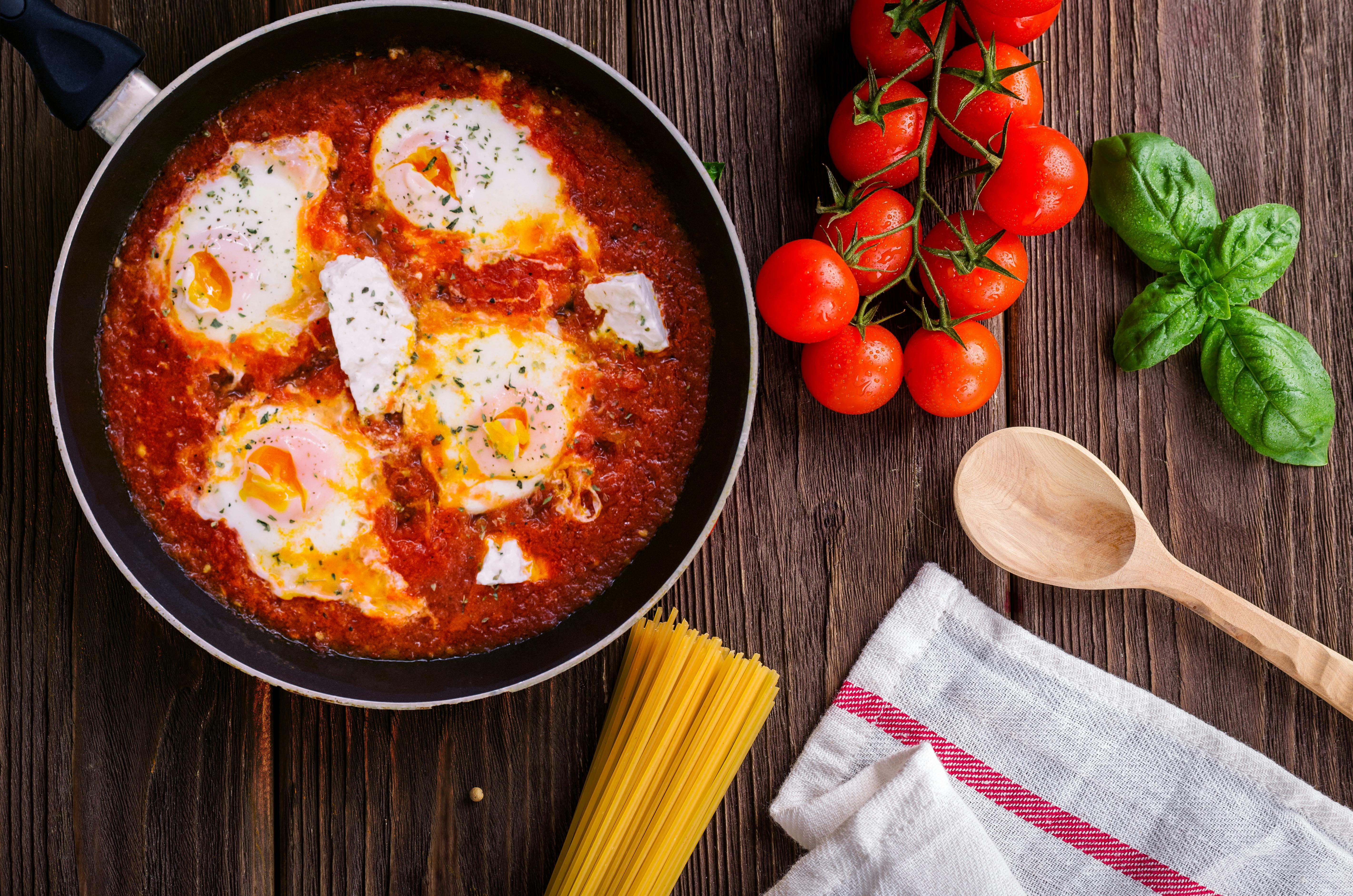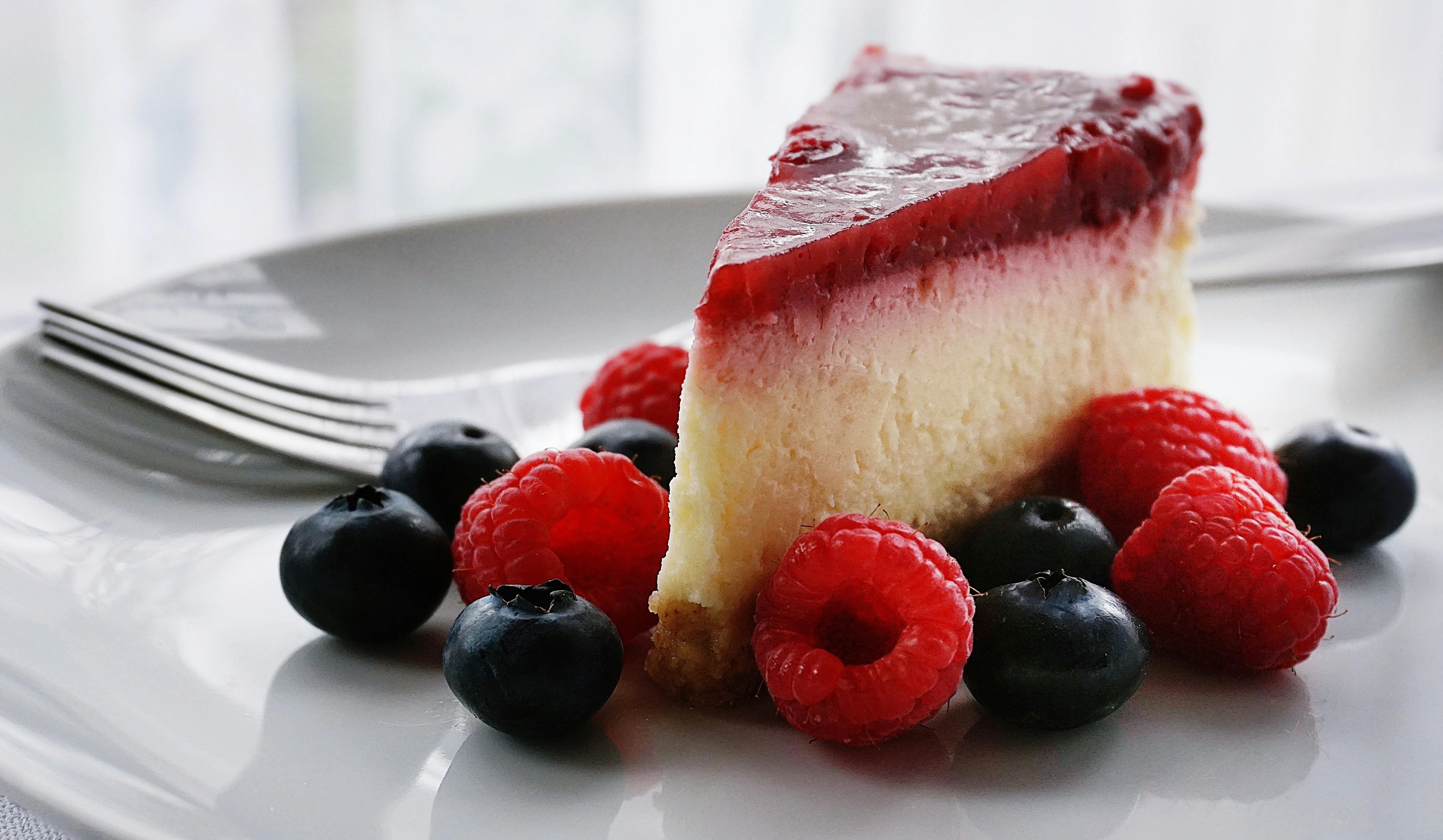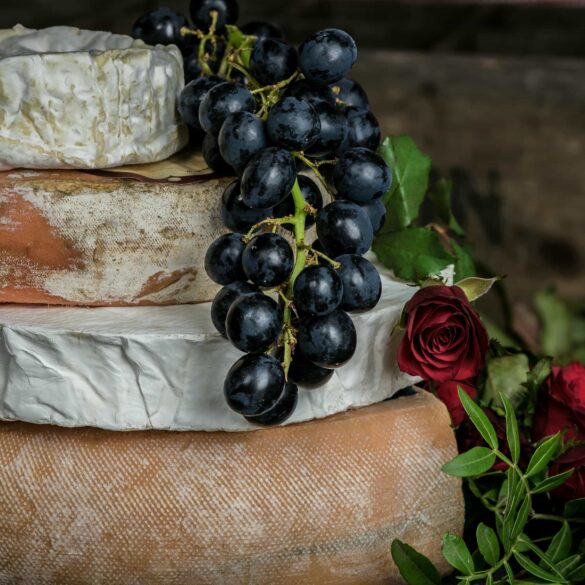Food in Monaco: Local Flavors, Fine Dining, and Culinary Culture
Step into Monaco—where sunlit terraces curve above yacht-filled harbors, but the real treasures lie on every table. I’ve wandered its winding streets, and what struck me even more than the Ferrari parade was the sheer vibrancy of the food scene. Food in Monaco isn’t just about expensive glamour, though that certainly exists (and how!). It’s a wild blend of Mediterranean freshness, French-Italian fusion, and centuries-old local recipes. Seriously, it’s impossible to walk the Rue Caroline or Place d’Armes without your stomach rumbling.
So what’s “Monaco cuisine,” really? Is it Michelin-starred tasting menus near the Casino, or is it the chickpea-flour socca I watched locals devour with espresso at the Saturday market? Here’s the thing: It’s both—and more. In just a handful of days, you can savor Provençal dishes, try homegrown Monegasque classics, and grab a perfect flaky pastry on the go. Having spent time in both the kitchens of the Hôtel de Paris and grandma-run shops in La Condamine, I’ve come to recognize just how layered, surprising, and approachable food in Monaco can be.
Monaco is the second smallest country in the world at only 2.02 sq km, but it boasts more Michelin stars per capita than nearly any city on Earth, making it a global hotspot for fine dining and innovative cuisine2.
A Brief History of Food in Monaco
Let me step back a bit. Monaco’s culinary traditions didn’t appear overnight. With a legacy shaped by French and Italian influences—and, oddly enough, a history of resourcefulness due to its small territory and fishing heritage—the Principality’s food evolved out of necessity and extravagance in equal measure1. Many recipes are rooted in the early 20th century, but plenty reach even further, weaving in Ligurian, Provençal, and even North African threads as both trade and luxury travel blossomed. The iconic “Barbajuan” pastry, for instance, is a festival favorite with deep roots in rural farming traditions. And yet, these days, you’re just as likely to find it at a Michelin restaurant in fancified form. My thinking about Monaco’s food has definitely shifted with every visit; there’s always something new to discover.
Foundational Flavors & Ingredients
Ask any local chef what defines Monaco cuisine, and they’ll probably start listing ingredients: olive oil (the real stuff), local tomatoes, zucchini flowers, sea bass, and, not surprisingly, a fair amount of garlic and fresh herbs. But there’s something subtly different about it all—probably the fact that produce is sourced from the Ligurian coast, Provençal markets, or even in-country boutique farms. Monaco food traditions celebrate seasonality—no matter how “international” the clientele.
- Socca: crisp-edged chickpea pancake, usually eaten hot from the griddle
- Barbajuan: fried pastry filled with ricotta and Swiss chard (don’t knock it till you try it!)
- Stocafi: stewed salt cod with tomato and olives, proof of Monaco’s seafaring roots
- Pissaladière: caramelized onion tart with anchovies, beloved across the Riviera
Cultural & Social Context
Honestly, I have to say: Monaco’s food culture is both highly social and surprisingly casual at its heart, despite all the Michelin hype. Pop into the Condamine Market mid-morning, and you’ll see entire families lunching together, business folks grabbing espresso, local elders discussing the price of olives. Food in Monaco is a vector for social life, conversation, and—just as importantly—showing off local pride.
Key insight: The best way to understand food in Monaco is to experience both sides—the refined, high-luxury dining and the everyday market stalls where locals lunch.
Today’s Food Scene: Old Meets New
Ever wonder why Monaco’s food has such a unique pull? One reason is its uncanny ability to blend tradition with modern innovation. Funny thing is, back in the late 2000s, I remember thinking Monaco was all starched tablecloths and rigid formality. These days, you’ll find molecular gastronomy pop-ups next to boulangeries doing things the way they always have3. The rise of sustainable, terroir-driven cooking is palpable here—perhaps more than anywhere else on the Riviera.
“Monaco is the culinary crossroads of the Mediterranean—a melting pot, but never bland. Here, innovation and simplicity meet on every plate.”
Pro tip: Don’t just book dinner at a Michelin spot—start with a local market breakfast. You’ll get stories and flavors you can’t find in any hotel restaurant.
Fine Dining in Monaco: Michelin Culture
I’ll be completely honest: fine dining in Monaco is a game changer if you can splurge. I had dinner at Le Louis XV a few years ago—three Michelin stars, Alain Ducasse at the helm—and what really struck me wasn’t just the technique, but the intense pride in local product. The wine list is thicker than a Monaco phone book, and the service feels intuitive—never stuffy8.
- Le Louis XV (Alain Ducasse): Artful Mediterranean with royal grandeur
- Blue Bay (Marcel Ravin): Caribbean-Mediterranean fusion with a Riviera view
- Yoshi (Joël Robuchon): Monaco’s only Michelin-starred Japanese restaurant
Each of these brings a different vision of “Monaco cuisine”—all rooted in regional flavor, but with global imagination. You’d be amazed at how often chefs here reference their grandmothers; there’s an undercurrent of nostalgia in even the most ambitious menus.
Everyday Eats: Markets, Cafes, Street Food
The thing is, you don’t have to be a celebrity to eat well here. My favorite memory? Watching old-timers argue about where to buy the freshest fougasse (an anise-fragranced bread) at La Condamine Market9. Cafés spill into the squares, and it’s absolutely normal to see suits and swimsuit-clad visitors at the same table.
- Socca stands—still charcoal-cooked in tradition
- “On-the-go” Barbajuan and Pan Bagnat
- Espresso bars—where an order may last an hour of conversation
“Food here is access to family, to history. That’s why our markets stay busy, even with all the luxury around.”
Monaco Food Culture: Traditions and Trends
Food in Monaco is about gathering, negotiation, and showing off—sometimes all at once. Local traditions still shape daily meals: Friday is fish day; summer Sunday means tomato salad, snails, and strawberries. No joke, even the fanciest restaurants will nod to these patterns. Yet, recent years have also seen an explosion of vegan, plant-based, and gluten-free options geared for a new generation4.
| Local Specialty | Where to Try | Type | Price Range (€) |
|---|---|---|---|
| Barbajuan | La Condamine Market | Street Food | 2-5 |
| Socca | Marché de la Condamine | Casual | 3-6 |
| Stocafi | Traditional restaurants | Main dish | 18-24 |
| Pissaladière | Local bakeries | Bakery | 3-7 |
Let that variety sink in for a moment—Monaco’s food isn’t just for the ultra-wealthy; it’s for anyone who loves fresh, honest flavor.

Planning a Food Trip to Monaco: What to Know
Let’s get practical. If you’re visiting Monaco for food—or even if you’re just hungry while touring the Casino—timing and location make all the difference. Actually, what I should have mentioned earlier is that Monaco’s biggest food markets operate in the mornings, and local specialties like Barbajuan and Socca often sell out by lunch. (Learned that lesson after a lazy morning in my hotel, trust me.)
- Arrive early at Marché de la Condamine for breakfast socca or a quick Barbajuan fix
- Book high-end tasting menus at least 2-4 weeks ahead, especially during Monte-Carlo Grand Prix and yacht show seasons
- Check seasonal calendars—spring means strawberries and peas; autumn brings wild mushrooms and truffles; winter is all about citrus and seafood
Navigating Menus and Dietary Needs
From my perspective, Monaco’s chefs are more accommodating than “luxury” might imply. Vegetarian? Vegan? Gluten-free? There’s a robust movement here—think zucchini flower tempura, plant-based aioli, and even delicious vegan desserts at bakery-cafés. That said, don’t expect everything to be labeled; it’s often a matter of chef knowledge and local relationships. I’ve seen diners make incredible discoveries just by chatting with staff.
“Our regular guests love classics…but every year, more ask for plant-forward dishes that highlight Riviera produce.”
Sustainability and Responsible Food Choices
Confession: I didn’t expect Monaco—a playground for billionaire yachts—to care so much about sustainability. Actually, the more I talk to chefs here, the more I realize how tightly regulated product sourcing is. The government’s fishing quotas, organic certification incentives, and tight import controls drive everything from seasonal menus to pricing10. It’s not perfect, but the intent is authentic—and many high-end kitchens go above and beyond.
- Local fish and seafood are prioritized—look for “Pêche locale” on menus
- Market vendors proudly display farm origin; ask about “bio” (organic) certification
- Many chefs support food waste reduction initiatives, donating surplus items daily
Expert tip: Chat with market sellers—their advice isn’t just useful, it’s often the best way to locate authentic, in-season flavors unique to Monaco.
Insider Mistakes & Best Practices
I’ve made every food mistake in Monaco at least once. I used to think all “local” was created equal, and ended up with overpriced, mediocre socca at a tourist trap (ouch). Don’t be shy—ask locals their favorite stands. On second thought, let me clarify: The magic is in wandering a bit off the main harbor, into markets and neighborhoods where the daily rhythm dictates what’s fresh. There’s a generosity of spirit in these kitchens. Some of my favorite meals started with random recommendations at a hotel bar.
Curious which Monaco dish best reflects you? Are you a socca minimalist or a three-star maximalist? Maybe try both. Let that curiosity guide you! Next up: What’s on the horizon for Monaco cuisine?
What’s Next for Food in Monaco?
- Rise of modern bistro culture—where classic and creative meet for a younger crowd
- Continued focus on sustainable seafood and local produce sourcing
- More global flavors—Monaco’s appetite for Japanese, Middle Eastern, and vegan trends is exploding
Keen to see what’s new? Book a market-food tour with a local guide, or time your visit for Monaco’s food festivals or chef “collaborative dinners”—a trend I love since it brings new energy to old favorites. Anyone else excited for where Monaco’s food is headed?
How to Taste Monaco Like an Insider
- Blend luxury experiences with everyday eats—every trip should include both a local market lunch and a reservation at a notable restaurant
- Ask questions—market vendors and restaurant staff are invaluable guides to the best local food in Monaco
- Keep an open mind—and appetite! Monaco’s best culinary surprises often happen when you try something new or strike up a conversation
- Pay attention to food festivals and special menu collaborations for a true sense of Monaco’s food innovation
Ready to experience Monaco’s culinary scene for yourself? Bookmark this guide, follow your curiosity, and don’t hesitate to share your discoveries—you’ll be joining a lively, global community of food lovers!
Schema Markup & Repurposing Tips
- Leverage the specialty table and restaurant lists for infographic quick guides
- Pull out chef quotes and anecdotes for newsletter or podcast segues
- Turn the “planning” and “seasonality” advice into interactive travel checklists or mini-quizzes
- Use the references and country fact box as supplemental social and educational materials
One last thought: Monaco’s food traditions keep evolving—and staying curious means you’ll always have something new to taste, wherever your appetite takes you.
References



